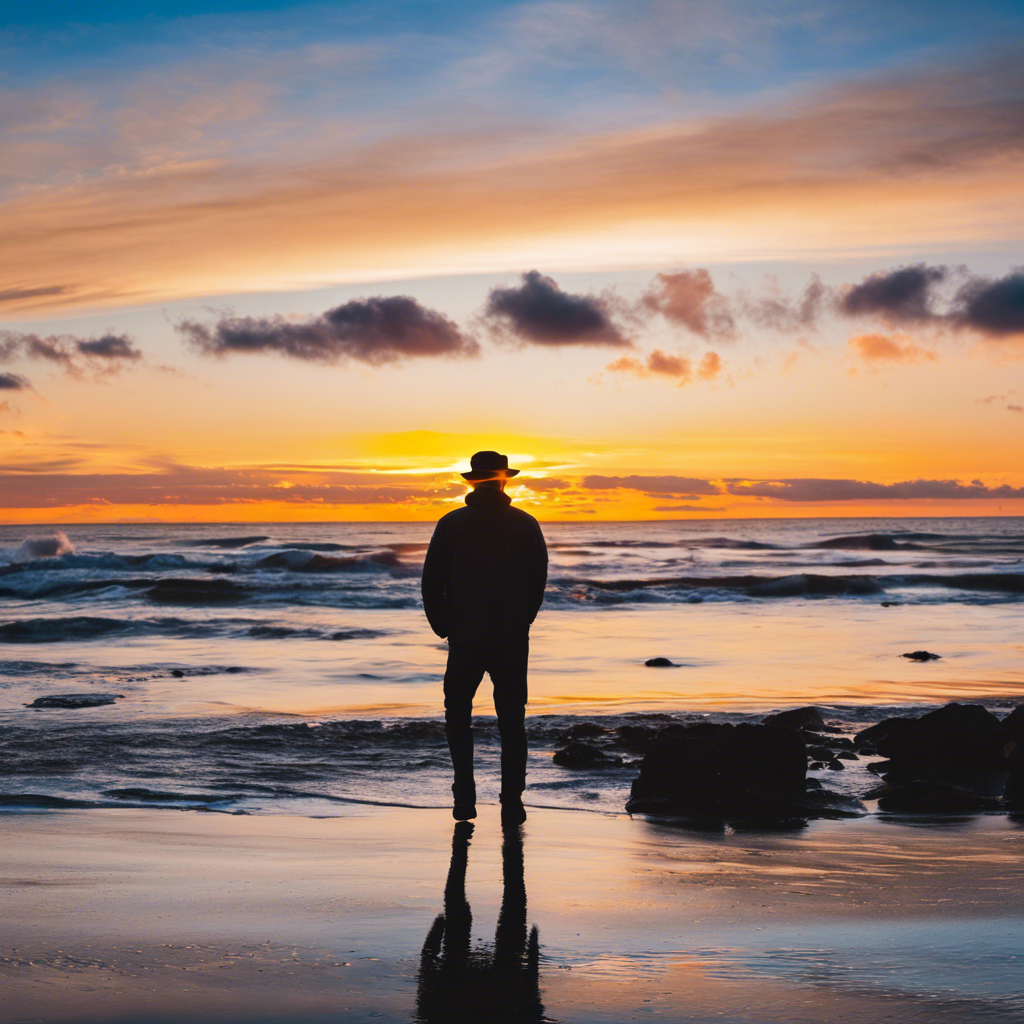When it comes to photography, lenses play a pivotal role in determining the outcome of your images. Understanding the characteristics and applications of different lenses is key to capturing the best photos possible. Various lenses offer unique features, and pairing the right lens with the right scenario can elevate your photography to the next level.
Standard lenses, typically with a 50mm focal length, are versatile and excellent for everyday shots. They provide a natural perspective similar to human vision and are great for street, travel, and documentary photography. With a wide maximum aperture, they’re also perfect for low-light conditions and creating beautiful bokeh (the aesthetic quality of the blur) in the background.
Telephoto lenses, on the other hand, are designed for capturing distant subjects. They excel in sports, wildlife, and portrait photography, offering a narrow field of view and compressing the background to create a shallow depth-of-field effect. This type of lens brings the subject closer to the camera, providing a more intimate view, and is particularly useful when you can’t get physically closer to your subject.
Wide-angle lenses offer a broad field of view and are perfect for landscape, architecture, and interior photography. They excel at capturing expansive scenes, providing a sense of depth and perspective. However, it’s important to be mindful of distortion when using wide-angle lenses, especially at shorter focal lengths, as they can make objects appear stretched or curved.
For photographers seeking to capture tiny details, macro lenses offer unparalleled close-up capabilities. From intricate insect details to the delicate beauty of flowers, macro lenses provide a unique perspective, often at life-size or greater. This specialization makes macro lenses a favorite among nature and product photographers.
